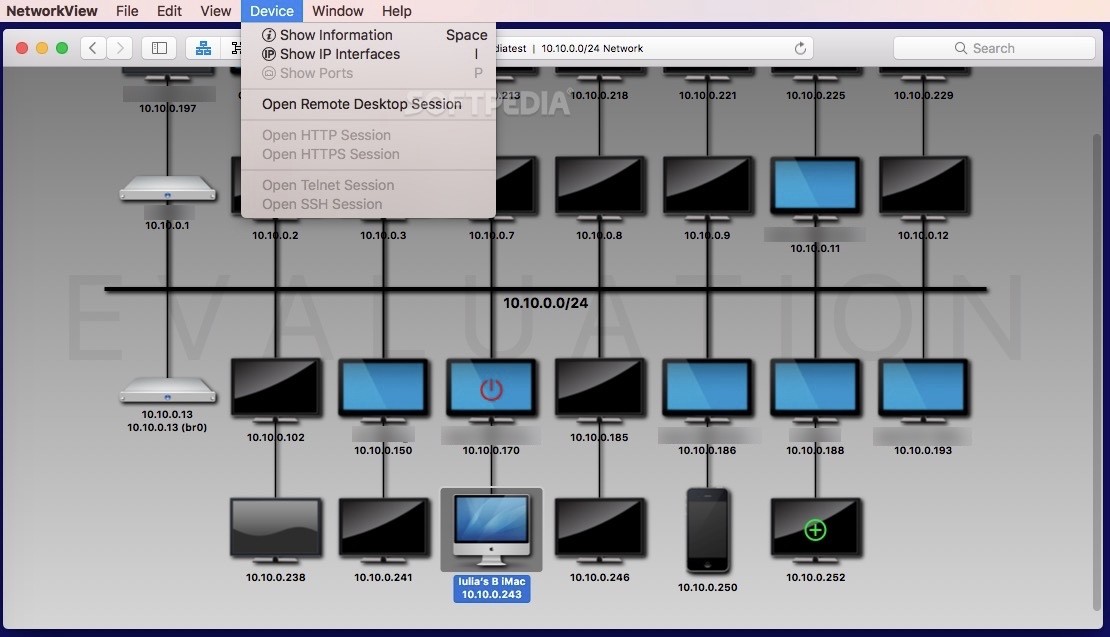

To use O’Collins et al.’s term, it is the “dominant schema”. Is it possible to reformulate what it means for a brain to experience ischemia? Currently, the idea of the “ischemic cascade” dominates our understanding of the phenomena. More broadly speaking, since stoke is an example of focal brain ischemia, it is natural to expand the con-clusion of O’Collins et al to brain ischemia as a whole. Further, such efforts tend to be what Huang (2009) has called “metaphorical” as opposed to approaches that are formal or systematic. There have been efforts along these lines (Lo 2008 Yenari et al 2008), but these are in the quantit-ative minority. Given the urgency of the problem, it is surprising that there has been a relative dearth of effort directed towards the possibili-ty that our conception of stroke may require reformu-lation. While the observation that no neuroprotectant has shown supe-rior efficacy to any other is an important empirical clue we focus on in the 3 rd paper of this series, here we highlight the authors’ suggestion that we might be looking at the problem incorrectly.
Network.destroy no networkview free#
excitotoxicity, free radical damage), coupled with the sometimes arbitrary attri-bution of a drug mechanism to one of several nonmu-tually exclusive groupings, might distract from other paradigms with greater explanatory power, thus hin-dering the development of more effective treatments.” (p 474)Īlthough these statements have generated some controversy, there is prescience to them. A tendency to exclusively frame drug activity in terms of the dominant schema of stroke damage (eg. Alternately, it might suggest that our conception of stroke needs reformulation. This may reflect the multifaceted nature of the sequelae of ischemic stroke and suggest a role for combination therapy to target multiple processes. “No particular drug mechanism distinguished itself on the basis of superior efficacy in animal models of foc-al ischemia. Additional possibilities were offered by O’Collins et al (2006) in their well-known review of neuroprotectants, which sets the stage for the present work: 2005 Fisher et al., 2009), or to further pushing back the empirical frontier (En-dres et al 2008). These activities have largely been directed towards further refinement of existing preclinical and clinical methodology as began by the STAIR group (Gladstone et al. But crisis is another word for opportunity and the sit-uation has generated much activity. The general failure of neuroprotection in stroke clini-cal trials has put the field in a relative state of crisis.

Stroke therapy academic industry roundtable Keywordsīoolean networks brain ischemia and reperfusion focal cerebral ischemia global cerebral ischemia neuroprotection Abbreviations These two generalizations are necessary precursors to reformulat-ing brain ischemia as a bistable network. Second, we move towards formalizing the idea of the “amount of ischemia”, I, as a continuous, non-negative, monotonically increasing quantity. First, we conclude that all changes induced in the brain by ischemia can be classified as either damage mechanisms that contribute to cell death, or stress responses that contribute to cell survival. Then, to move towards a network model, we extract two core generalizations about brain ischemia from the mass of empirical data. Necessary background in network theory is introduced using examples from developmental biology which, perhaps surprisingly, can be adapted to brain ischemia with only minor mod-ification. This first paper sets the stage for developing the bistable model of brain ischemia. This is the first in a se-ries of four papers whose purpose is to work towards a revision of the concept of brain ischemia by applying network concepts to develop a bistable model of brain ischemia. The general failure of neuroprotectants in clinical trials of ischemic stroke points to the possibility of a fundamen-tal blind spot in the current conception of ischemic brain injury, the “ischemic cascade”. DeGracia, Ph.D.ĭepartment of Physiology, Wayne State University, 4116 Scott Hallĥ40 East Canfield Ave., Detroit, MI 48201,

Department of Physiology, Wayne State University, Detroit, MI 48201, U.S.A.


 0 kommentar(er)
0 kommentar(er)
